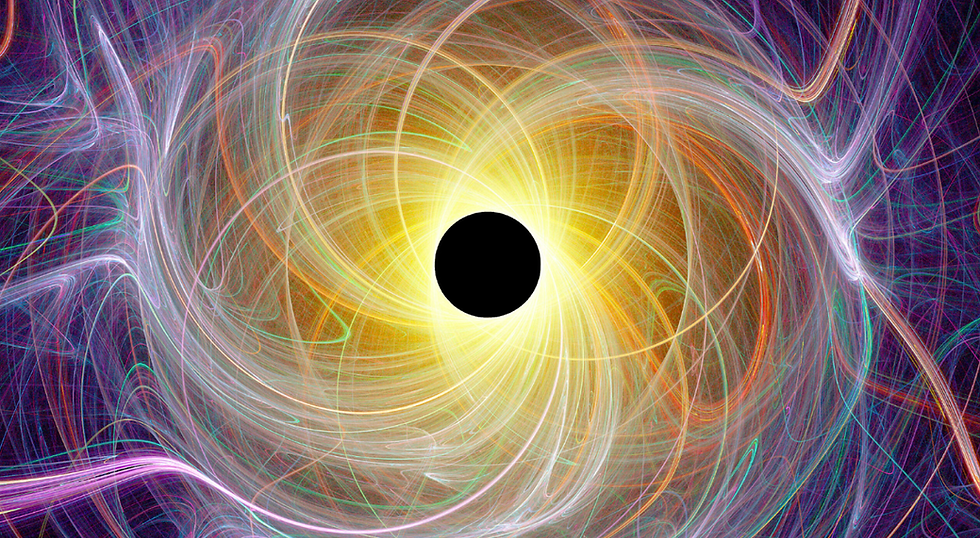Black Holes: What are these Mysterious Objects?
- Sharvari Deshpande
- Jun 9, 2022
- 3 min read
Updated: Jul 28, 2022
Black holes are some of the strangest objects in space! This article will detail what exactly black holes are.

Image 1: black hole (source nasa)
Far out in space lie thousands, and thousands of black holes. These deep space objects have an insane gravitational pull, whose force can rip apart anything that comes across it. Not even stars, white dwarfs, or planets have the capability to withstand its gravitational pull if they dared to come near one.
How have Black Holes Formed?
There are multiple ways in which a black hole can form. The most common way - or the way that most current black holes have been formed today - is through the death of a massive star. To summarize, when a star that is at least 5 - 10 times the mass of the sun runs out of fuel to support itself from its own massive gravity, the star implodes, generating a massive explosion called a Type II Supernova. The only remains of this scorching blast would be a small, stellar-mass black hole made out of the dead star's core.
The other much rarer type of black hole, called a supermassive black hole, forms through a large cluster of gas and dust collecting together. Over time, as the mass of this cluster of gas and dust grows, its internal gravity increases, causing this massive system to implode in on itself eventually. This implosion causes an extremely large black hole to form. Over time, this cosmic object will start to suck in more surrounding outside matter, leading it to grow larger and larger in size (Supermassive black holes can be more than a million times the mass of our Sun!)
Anatomy of a Black Hole
Black holes do not follow classical mechanics, or the properties and rules that matter follows regularly. Therefore, it is unknown what exactly goes on inside a black hole. The only parts of a black hole that scientists know, are the event horizon, and the singularity.
As you get closer and closer toward a black hole, you eventually reach the event horizon. The event horizon is a point at which the escape velocity (Or the speed required to escape the gravitational pull of the black hole) is the speed of light. Therefore, after you cross the event horizon, escaping the black hole is impossible, as nothing can travel faster than light.
A little beyond the event horizon lies the actual black hole - called the singularity. The singularity is the actual black hole, which has such an immense amount of gravity that it has compressed itself to a single point. It is currently unknown what goes on in the singularity.
What Would Happen if You Fell Into a Black Hole?
If you came anywhere near a black hole, you would die instantly, due to your body stretching into a long, thin noodle. This process is called “spaghettification”. “Spaghettification” occurs due to the gravity difference between the top and bottom of your body being extremely massive. If you fell feet-first, your body would reach a height of a kilometre, and be thinner than a hair!
Personal Opinion
In my opinion, black holes are crazy cool and it is almost unbelievable to me that they exist in real life! Hearing about black holes is really what solidified my interest in space and physics. In the future, I hope that scientists can figure out more about the properties of black holes, as well as why they form and act in the way that they do.
Citations:






Comments